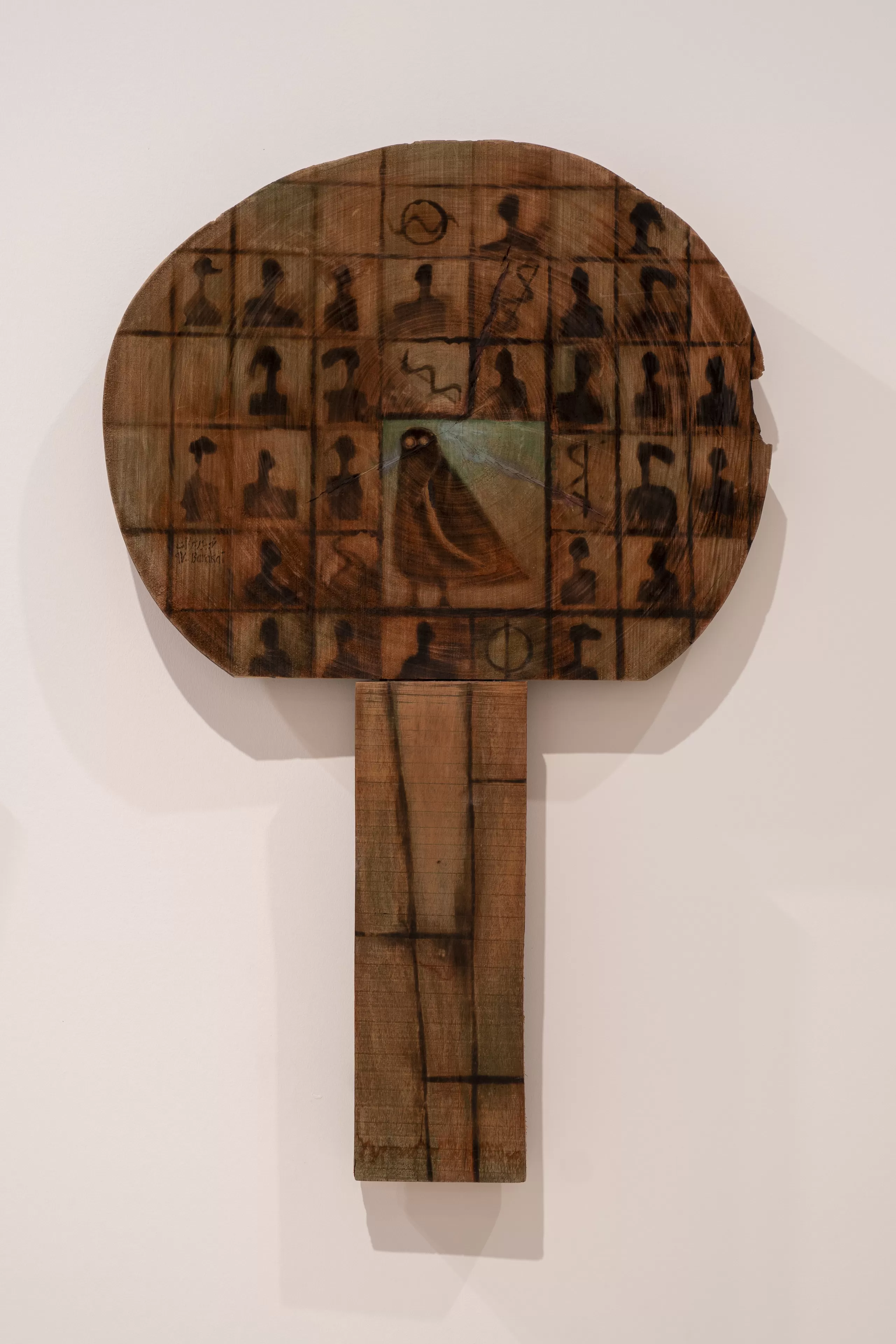
Experimental Art and Natural Materials: Sensory Ecstasy through Touching and Smelling the Land
Place: the Palestinian Museum
During the intifada in 1987, numerous Palestinian artists moved away from working in oil painting and began experimentation with natural materials. Also, many artists were engaged in attempting to find new forms of expression outside the classical mediums of their training. This venture was also linked with the decision to depart from the use of materials imported from Israel as part of a wider popular movement of disengaging with the occupation, its economy and institutions. In the work of Palestinian artists during this period, one saw a steady decline in imagery that depicted visions of the pastoral ‘dreamscapes’ of rural Palestine and images of an idyllic homeland. The visual nostalgia for the homeland, however, manifested itself in the fetishisation of the materiality of the landscape. The former dreamscapes were not represented through the imaginary pictorial field of the painting but through a sensory intoxication with the tactility and the aroma of homeland, which artists created with the use of natural materials such as mud, earth, cactus, olive leaves, olive oil, clay, henna, herbs, olive oil soap, oranges and water – all of which permeated their art in paintings, mixed-media works and installations, which continued into the 1990s and beyond.
The Artist Tayseer Barakat was one of those who presented experimental works using natural material, wood, and found objects. In the Intimate Terrains exhibition, he presents his work, “Untitled, 1997”, in which he has engraved the surface of wood with abstract forms of people and animals to give the feeling of a manuscript or a hieroglyphic tablet, simultaneously suggesting an ancient relic and engaging the visual traditions of the region.
For organisational purposes, please register here